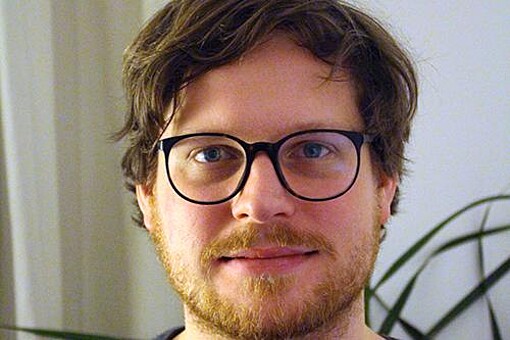B.Sc. Media Systems
M.Sc. Digital Reality
M.A. Games

Department Medientechnik
Professor für Medieninformatik
Sprechstunden
:
by arrangement (via mail)
B.Sc. Media Systems
M.Sc. Digital Reality
M.A. Games
Offices
Memberships
Chairs, Committees & Reviewer Activities
Eike Langbehn is Professor for Media Informatics at HAW Hamburg since March 2021. His research explores (3D) human-computer interaction in narrative and playful media such as XR and games, with a focus on perceptual and cognitive aspects. He studied Computer Science in Oldenburg and Hamburg and graduated with a PhD thesis about perceptual aspects of VR locomotion at Universität Hamburg in 2019. In 2020, he co-founded Curvature Games, a Hamburg-based games studio that is specialised in narrative VR experiences. Since 2012, he has been working in the games industry as a programmer and game designer on titles for different platforms including web, mobile and VR.
A full list of publications can be found at ORCID and Google Scholar
Awards
Invited Talks